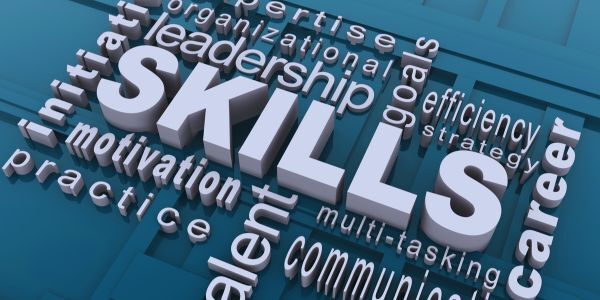In the fast-moving world of veterinary medicine, ongoing training and development aren't just helpful—they're essential. As medical knowledge, techniques, and compliance standards continue to evolve, every team member—from the front desk to the surgery suite—must stay informed, skilled, and confident in their roles.
But training isn’t only about keeping up. It’s about building a more efficient, better-utilized team that can adapt, collaborate, and execute with precision in a high-pressure environment.
Training as a Tool for Utilization
A well-trained team is an efficient team—one where each individual knows not only how to perform their responsibilities, but also when and why. Purposeful training allows team members to work at the top of their ability, with less micromanagement, fewer handoffs, and reduced dependency on overextended DVMs.
By aligning training with utilization goals, clinics can:
Clarify task boundaries based on licensure and skill
Expand the technical capacity of credentialed and support staff
Reduce operational slowdowns caused by a lack of confidence or knowledge
Create redundancy so workflows don’t break when someone is absent
Designing a Training Plan that Supports Efficiency
A robust training program goes beyond basic technical skill-building. It should also reinforce workflows, decision-making autonomy, and communication that drives smooth clinic operations. Areas of focus include:
Client service and triage training to reduce unnecessary DVM interruptions
Technician-led appointments and procedures (e.g., vaccine visits, follow-ups, blood draws)
Inventory management protocols to minimize loss and ensure accurate ordering
Medical record accuracy and delegation of documentation
Cross-departmental collaboration to reduce silos and improve patient handoffs
When training aligns with daily operational goals, learning becomes a lever for time savings, not just personal growth.
Cross-Training: The Backbone of Utilization Flexibility
Cross-training team members for multiple functions adds critical operational elasticity. Whether a technician is learning to float as a CSR during lunch hours or an assistant is gaining confidence in patient restraint, cross-training prevents stalls in patient flow and keeps the clinic running smoothly, even when staff are out or caseloads spike.
More importantly, cross-training creates a culture of shared ownership over clinic efficiency, reducing the “that’s not my job” mindset. It also:
Fosters greater respect between roles
Strengthens team camaraderie
Improves client experience by reducing wait times and gaps in service
Career Pathways Reinforce Utilization and Retention
Utilization and retention go hand in hand. When team members are trained to do more and are empowered to take on meaningful responsibilities, they’re more likely to feel valued—and more likely to stay. Defining clear development pathways allows employees to see how they can grow with the practice, not out of it.
Consider offering:
Tiered technician levels with expanding scope and leadership expectations
Advancement tracks for CSRs, assistants, and supervisors
Incentives tied to completing cross-training checklists or CE certifications
Stretch roles” or project assignments that foster internal mobility
This strengthens succession planning and maximizes your investment in each hire.
Making Learning a Daily Part of Utilization Culture
Training shouldn't end after onboarding—it should be a routine part of practice life, especially in a field where protocols, technology, and client expectations constantly evolve. Consistent development practices help teams stay current and continuously improve their efficiency:
Monthly learning sessions on technical or soft skills
“Lunch and learn” refreshers on workflow best practices
Peer teaching rotations, where staff train one another on new tools or techniques
Annual CE planning aligned with team utilization needs
Clinics that normalize continuous learning send a clear message: We don’t just want you here—we want to help you grow and thrive here.
Training and development are not standalone initiatives but essential building blocks for strong utilization, smooth operations, and long-term retention. By linking learning to how your team functions daily, you turn development into a performance driver, not just a requirement.

